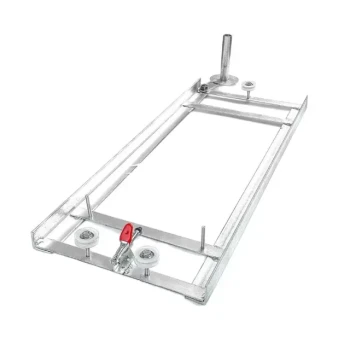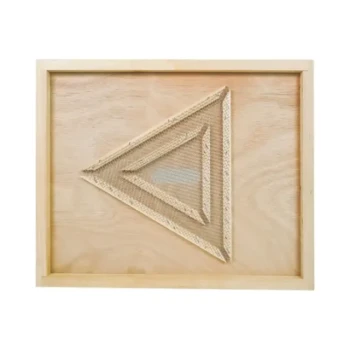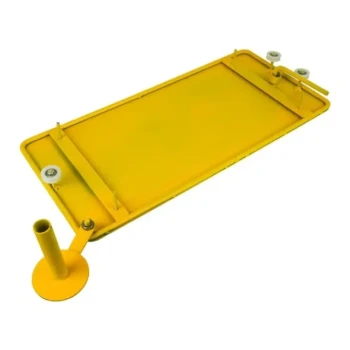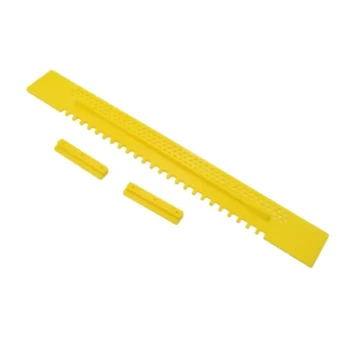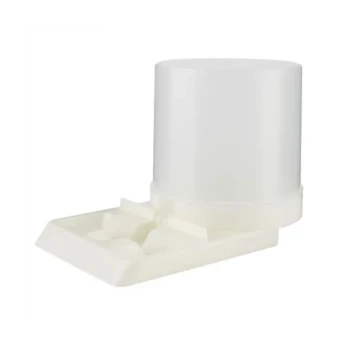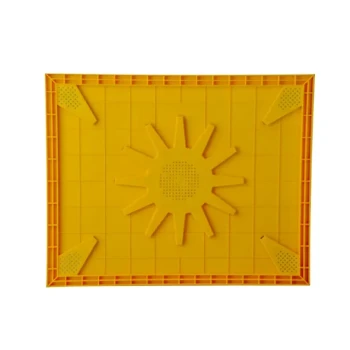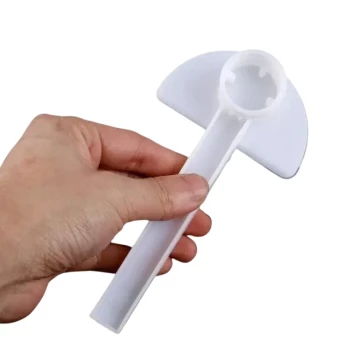While not strictly essential for the bees' short-term survival, an inner cover is a critical piece of equipment for modern, manageable beekeeping. It serves as a buffer between the colony and the outer telescoping cover, providing a calmer inspection experience for the beekeeper and significantly improving the hive's internal environment through better ventilation and moisture control.
The inner cover is not merely a secondary lid; it is a fundamental management tool. It creates a crucial buffer zone that benefits both the beekeeper by simplifying inspections and the bees by helping to regulate their environment.
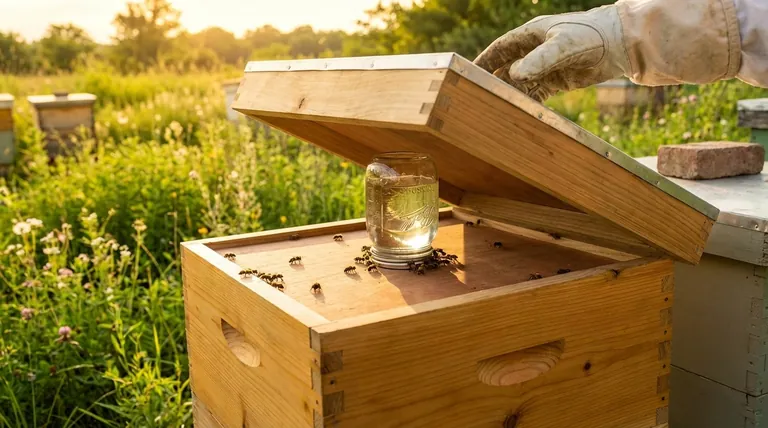
The Core Functions of an Inner Cover
To understand why the inner cover is standard equipment, we must look beyond its simple appearance and analyze its multifaceted role in a healthy, productive hive.
Creating a "Calm" Inspection Environment
The primary benefit for the beekeeper is reduced disturbance during inspections. Bees use a sticky resin called propolis to seal all cracks and gaps in their hive.
Without an inner cover, they will firmly glue the outer telescoping cover directly to the top bars of the frames. Prying this off requires significant force, which sends jarring vibrations through the hive and immediately puts the colony on high alert.
The inner cover intercepts this behavior. The bees glue the lightweight inner cover down instead, which is much easier and gentler to remove, allowing you to access the hive without an instant defensive response.
Managing Airflow and Moisture
Proper ventilation is crucial for a colony's health. The inner cover creates a small air gap, or "attic" space, just below the outer lid.
Most inner covers have a notched rim or a central hole. This provides an upper entrance that allows excess heat and moisture-laden air to escape the hive. This is especially vital in winter to prevent condensation from dripping down onto the cluster of bees.
Providing a Space for Feeding
The central hole in a standard inner cover is perfectly designed for feeding. A jar of sugar syrup can be inverted over the hole, allowing bees to access the food from within the hive.
This method contains the feeding to the interior of the hive, minimizing the risk of attracting robber bees from other colonies.
Understanding the Trade-offs
While the benefits are clear, the type and use of an inner cover can vary.
Standard vs. Screened Inner Covers
The most common type is a solid wooden inner cover with a central hole. This design is excellent for general management, insulation, and feeding.
A screened inner cover, as mentioned in the reference, replaces the solid wood with hardware cloth or screen. This version maximizes ventilation and is primarily used in extremely hot climates to help the bees cool the hive more effectively.
The Consequences of Not Using an Inner Cover
Omitting the inner cover forces a direct confrontation with the bees' natural tendencies.
You will constantly battle a heavily propolized outer lid, making every inspection a disruptive and difficult process. Furthermore, you lose the ability to easily manage ventilation and moisture, potentially leading to a damp and unhealthy hive environment.
Making the Right Choice for Your Goal
Your approach to using an inner cover depends directly on your climate and beekeeping objectives.
- If your primary focus is standard, year-round beekeeping: A solid inner cover is an indispensable tool for calm inspections, effective feeding, and proper moisture control.
- If your primary focus is managing a hive in a very hot climate: A screened inner cover is an excellent option to maximize airflow and prevent the colony from overheating.
Ultimately, using an inner cover transforms the hive from a simple box into a more manageable and healthier home for your colony.
Summary Table:
| Function | Benefit |
|---|---|
| Calmer Inspections | Prevents bees from gluing the outer lid directly to frames, reducing disturbance. |
| Moisture Control | Creates an 'attic' space for ventilation, preventing harmful condensation. |
| Feeding Access | Central hole allows for easy, contained internal feeding with a jar. |
| Ventilation | Notched rim or hole provides an upper entrance for heat and moisture to escape. |
Equip your apiary for success with HONESTBEE.
As a trusted wholesale supplier for commercial apiaries and beekeeping equipment distributors, we provide the durable, high-quality inner covers and hive components you need to ensure colony health and streamline your operations. Proper equipment is the foundation of productive beekeeping.
Contact our team today to discuss your wholesale needs and discover how our supplies can support your business's growth and efficiency.
Visual Guide

Related Products
- Inner Beehive Cover for Beekeeping Bee Hive Inner Cover
- Professional Insulated Winter Hive Wrap for Beekeeping
- HONESTBEE Professional Long Handled Hive Tool with Precision Cutting Blade
- Wholesales Dadant Size Wooden Bee Hives for Beekeeping
- Professional Drop-Style Hive Handles for Beekeeping
People Also Ask
- Why might beekeepers use an inner cover under the telescoping outer cover? Simplify Hive Management & Protect Your Colony
- What is the recommended orientation for the rim of an inner cover? Master Hive Ventilation and Insulation
- How is the inner cover used to promote ventilation? Master Hive Climate Control for Healthy Bees
- What is the role of the inner cover in a beehive? Essential Climate Control for Hive Health
- What is an inner cover in a beehive and what are its features? A Key Tool for Hive Health & Management







